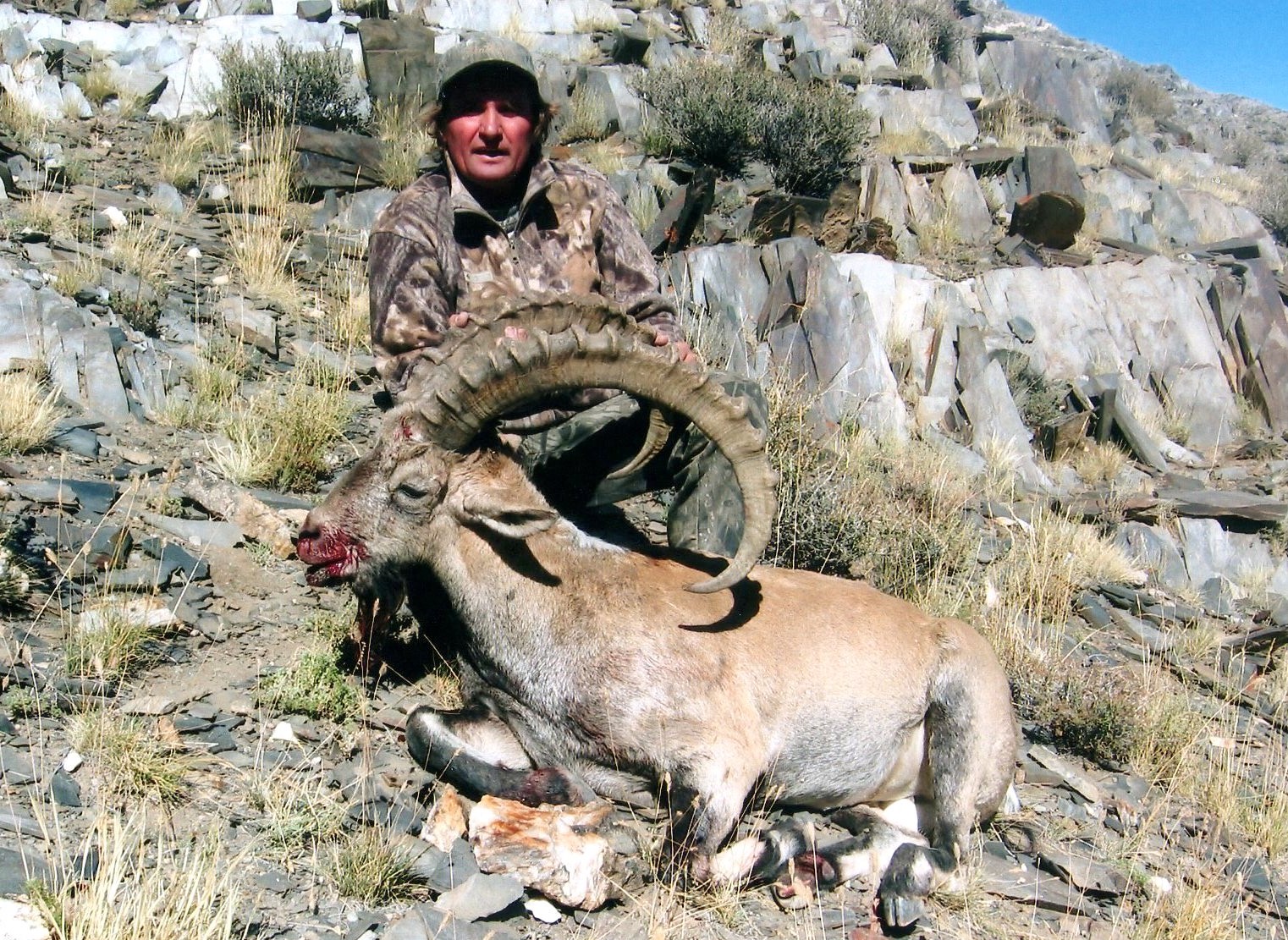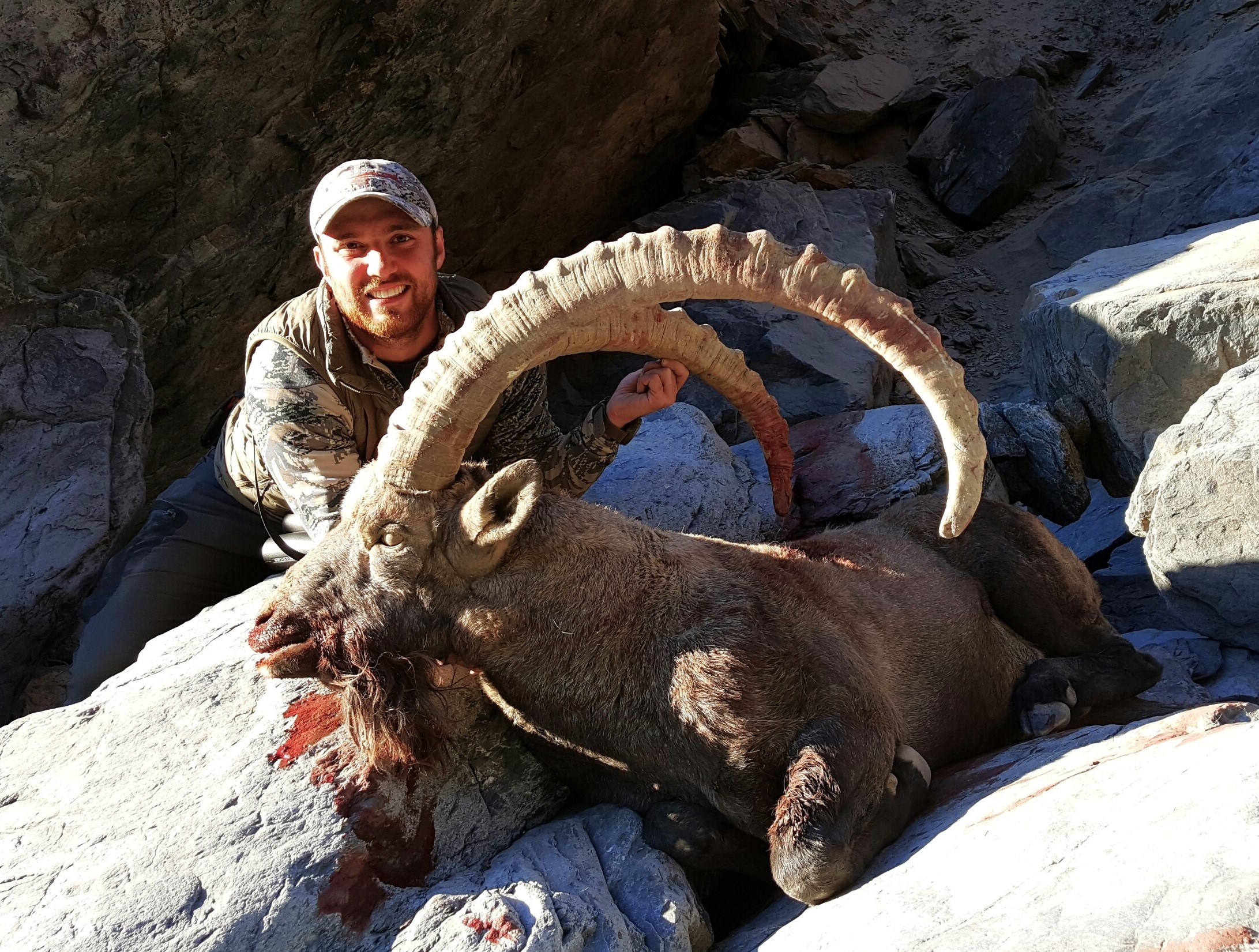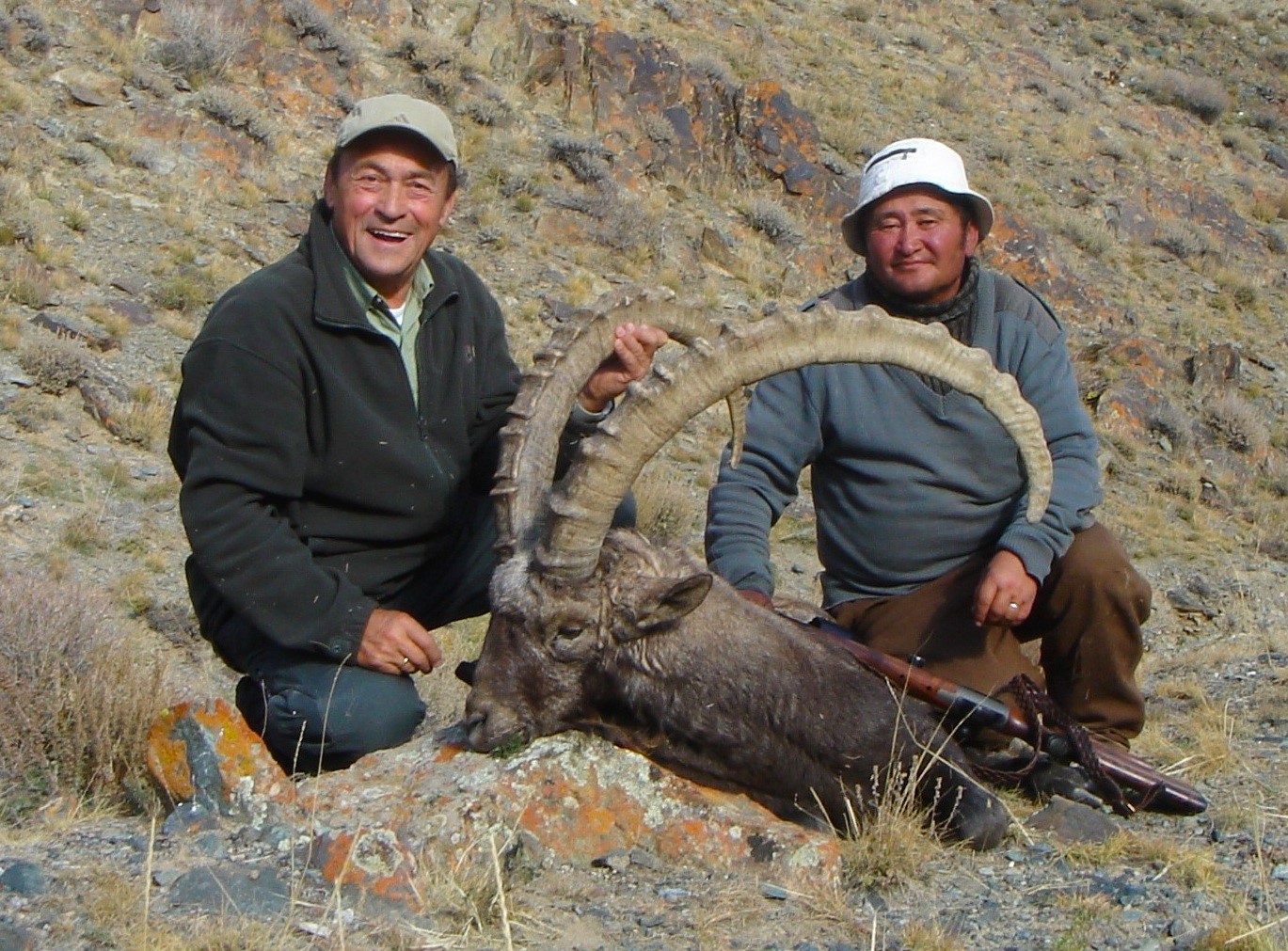SEASON: The legal revisions made in 2012 significantly changed the management of nearly all aspects of the trophy hunting system in Mongolia. With the new revisions, hunting season for ibex was shifted to a time frame between July 15 – October 15. The revised system allows only 3 months of hunting which does not include the rutting period in Deccember.
Most hunters prefer late season hunts for Altai ibex hunting since the cape can be in a better condition. Ibex normally develop a ticker winter coat as the temperatures go down in late September and in October. But the weather conditions may be a little harsh at this time of year. So the earlier periods are preferred by others for more a comfortable, enjoyable hunt.
AREA: The Mongolian Altai Mountains constitute a major and central part of the Altai mountain range located at the junction of Central Asia and Siberia. The Mongol Altai has many summits around or even exceeding 13,000 feet (app.4000 meters) above sea level and stretches for some 900 kilometres from the north-western part of the country to the south, through the territories of Bayan-Ulgii and Khovd provinces. This huge, very picturesque piece of land is the home for the Altai ibex and argali.
HOW TO GET THERE: Hunters are required to fly into Ulaanbaatar, UB. They will be met by our representative at the airport and be asssited for the rifle clearance at the customs. This is a 10-15 minute procedure in general. Later on hunters take a domestic flight to either Olgii or Khovd. Hunting areas can be reached from these two cities within a 3-5 hour ride on highway and dirt roads.
ACCOMMODATION: Circular felt tents with a wooden frame which are called “yurts” or “ger” are utilised to accommodate hunters. These well insulated tents are the traditional home for the Mongolian nomads and even in extereme weather they prove to be very comfortable and serviable.
Most yurts are furnished with a wood-burning iron stove in the middle and a comfortable bed. Yurts are ideally suited to Mongolian steppe biomme. The circular shape of yurts makes them able to resist winds from any direction and also allows them to be easily and efficiently heated and cooled. Ibex hunting camps are typically consist of a number of these dome-shaped traditional gers.
Almost all hunting camps across Mongolia are equipped with a small generator and electricy is produced by these devices. The power supply and the types of power outlets may differ between countries as there is no international standard. The power supply in Mongolia is 220 volt. There is always a Professional cook in the camp and in some cases they prove to be very good.
WEATHER: The climate in Mongolia is unstable, so from year to year, there may be significant variations in temperature and precipitation. The climate is strongly continental, with long, frigid winters and short, warm summers. The temperature range between winter and summer is definitely wide. Because the country is so far removed from the regulating influence of any oceans, the continental Mongolia climate brings great extremes in weather.
Warm and mostly dry weather can be expected in July with some thunderstorm. July is the hottest month of the year for Mongolians. The day temperature vary between 9.4 to 5.5F (15°C to 22°C) in the mountainous areas. Overall temperature in August is warm enough although later part of the month sees cooler temperatures and more rain or even snow.
By mid September the weather in Mongolia starts to cool but is far more predictable than in Spring time. Days can be sunny but the mountains start getting pretty chilly, even some snow fall can be observed.
ALTITUDE: Mongolia is a vast mountainous plateau sloping from west to east. 80% of the country is above 3,300 feet (1000 meters) altitude. However the average altitude of Mongolia is about 5,180 feet (1,580 metres) above sea level. The highest of all three major mountain ranges in Mongolia is the Altai Mountains, spread from the west to the south-west. Altai ibex inhabits this high Altai mountain region of western and south-western Mongolia. Here the ibex populations are distributed in hilly terrain at the elevations of 8200- 10,000feet (2500 – 3000 meters).
DURATION of the HUNT: Our Altai ibex hunting organisations are for 7 days including the 2 days of traveling time. So actual hunting time is 5 days although almost all our hunts end much earlier.
HUNTING METHOD: The pre-scouting done by the local guides prior to hunt determines the immediate hunting area. Depending on the area, horses or jeeps can be used during the hunt. Last stalk that brings the hunter within the shooting distance is executed on foot once the ram of desired size is located.








